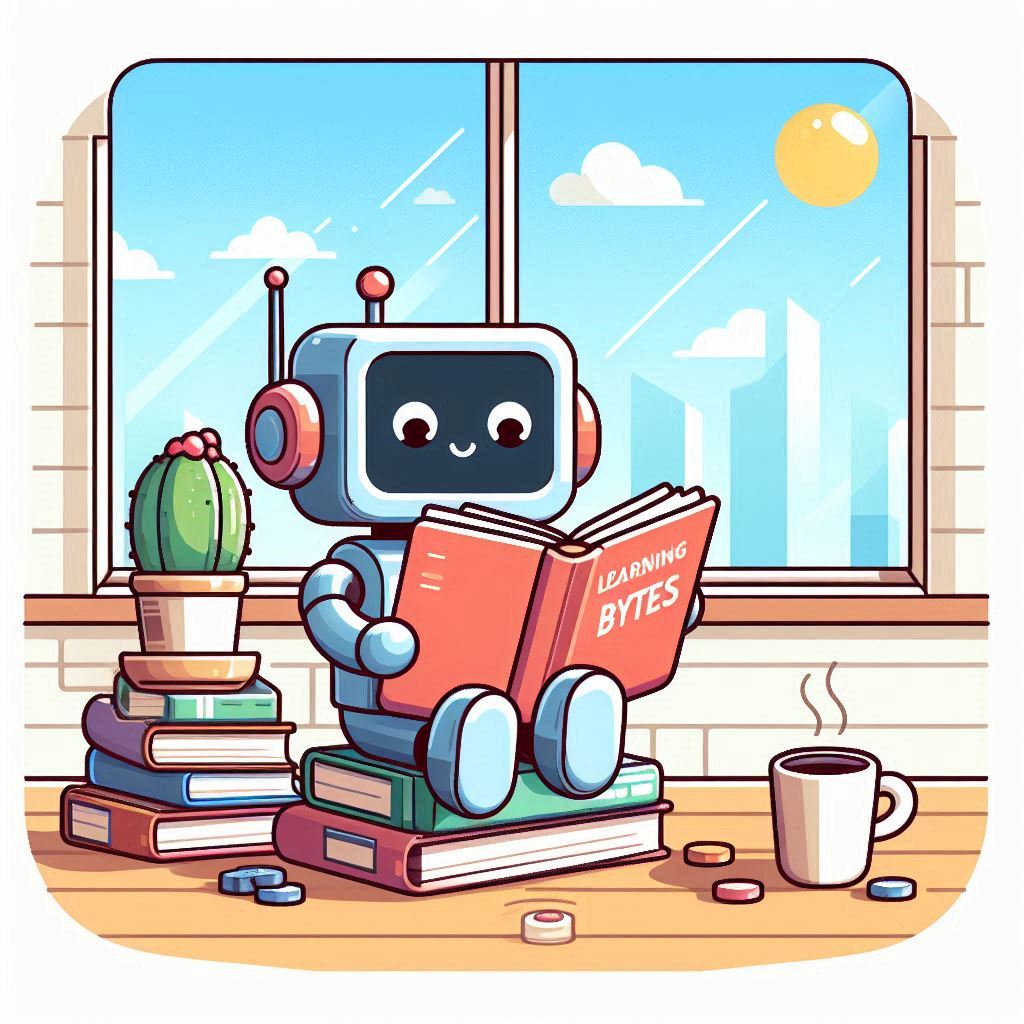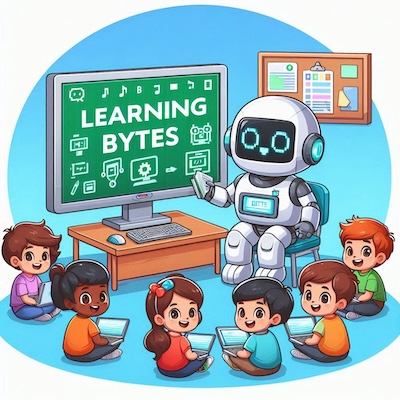I am surprised at how much I think I have learnt from YouTube videos of Gotham Chess and Sagar Shah when they navigate and narrate top level chess games which I would never have come close to understanding the nuances and the ideas of certain moves or maneuvers. Perhaps that is the attraction of such “recap” videos.
Do I really improve my chess by just viewing tons of these videos? Porbably not.
But it does fire my imagination how AI can step in and expand on this “narrate and teach” idea.
AI can create a more targeted based on these “learning situations”.

Learning Bytes is a concept where an AI goes out into the world to look for real chess games played and hone in on critical positions. Then the AI would create a “learning point” where the best moves or solution of the position is found and a video is created to narrate the nuances of the position. The viewer is quized and question what is the best solution or move at that moment. The answer is evaluated but no real answer given yet. The viewer then has the option to play through the position to get a better feel of the problems of the position. Thus, a greater learning experience can be achieved. In the end the best and other alternative solution is given.

How feasible or doable is this? Let’s see…
- Content Creation:
- AI Analysis: Using AI to identify critical positions in real chess games is feasible. For analysis, of course DO NOT USE chatGPT because thaat’s an LLM and terrible and chess analysis. An interface between existing engines like Stockfish and LC zero with the AI is essential.
- Learning Points: Creating short video segments (or “learning points”) for each critical position all curated by the AI. Voice narration aand/or text overlays to explain the nuances are important.
- Viewer Interaction: Stopping the video and quizzing viewers about the best moves adds an interactive element and is absolutely key in this “Learning Bytes” concept. You could present multiple options and ask them to choose – giving feedback for every choice. This is something I’ve seen good human chess coaches do in some session.
- Position Playback: Allowing viewers to play through the position is straightforward. Chess platforms often provide tools for this.
- Alternative Solutions: Discussing alternative moves is valuable for learning. The ability to explore different lines and evaluate their pros and cons. Also a playable chess board is given to let the learner play out the possible continuations to get a “feel” for the position and possibilities.
- Challenges and Considerations:
- Quality: Ensuring high-quality content is essential. Clear explanations, good visuals, and engaging narration matter.
- Target Audience: Define the audience. Are we targeting beginners, intermediate players, or advanced chess enthusiasts? Then, the content itself can be categorised and easily cater for different types of viewers.
- Legal Aspects: Be aware of copyright issues when using real games. Ensure proper attribution and permissions. Of course chess games are not copyrightable as far as I know, so that is not aa problem.
- Technical Implementation: Building the platform (website or YouTube channel) and integrating AI analysis might require some technical expertise. Github projects like V-Express have already closed the gap for making hyper-realistic human-like narrators almost indistinguishable from the real thing.
- Consistency: Regularly producing content can be challenging so a sustainable schedule is important.
- Monetization:
- For this project to continue and survive, resources is needed so monetization is essential. There is a necessity to explore options like ads, sponsorships, or Patreon. Chess enthusiasts might support educational content.
- Community Engagement:
- Given my passion for connecting with like-minded people, actively engage with my viewers. It would just be another tool to grow my “gila” audience.
What do you thinik? Is the idea a possibility?
